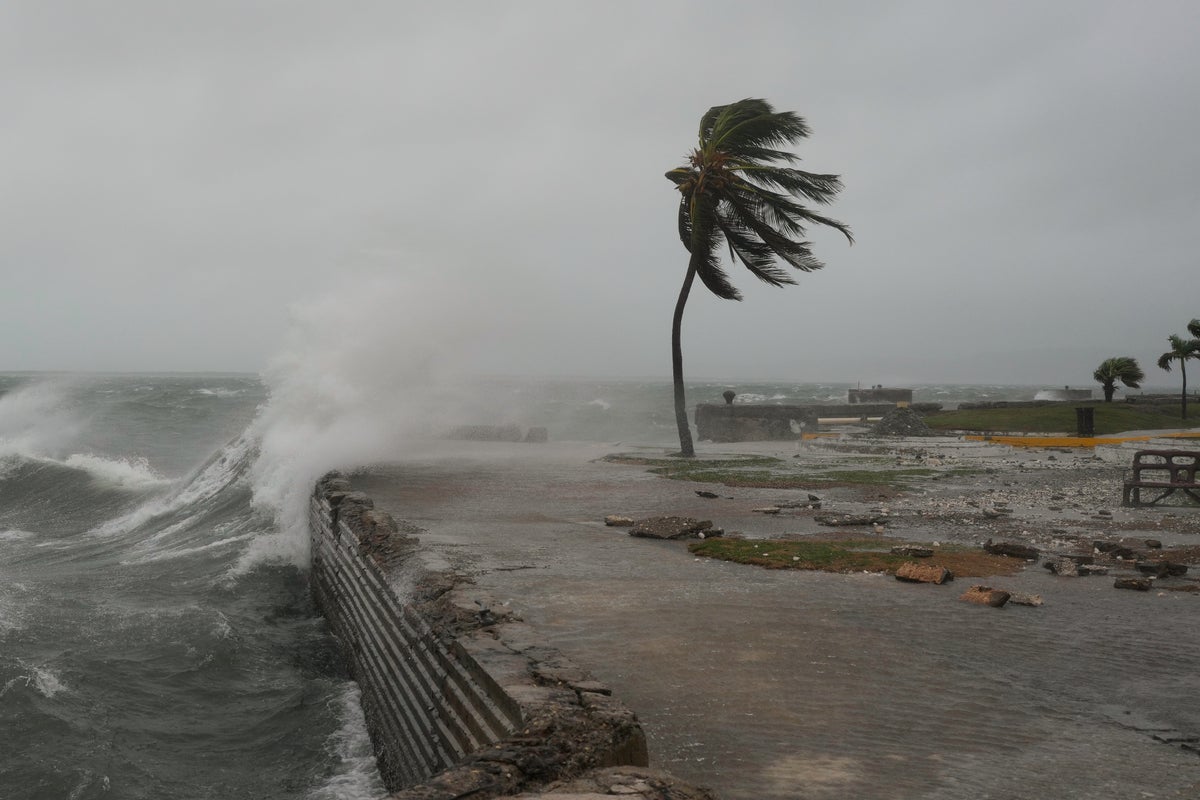Home / Environment / Adaptation Funding Plummets as Climate Impacts Intensify
Adaptation Funding Plummets as Climate Impacts Intensify
30 Oct
Summary
- Adaptation finance for developing countries fell from $28B in 2022 to $26B in 2023
- Adaptation finance needs are 12-14 times greater than current levels
- UN Secretary-General calls adaptation a "lifeline" to protect vulnerable nations

According to a new report from the UN Environment Programme (UNEP), the money available for developing countries to adapt to climate change is actually shrinking, despite the growing impacts of extreme weather events. The 'Adaptation Gap' report found that foreign aid for climate adaptation fell from $28 billion (£21 billion) in 2022 to $26 billion in 2023.
The authors warned that future adaptation finance requirements will be approximately 12 to 14 times greater than what is currently available, with UNEP estimating that developing countries will require $310-365 billion in adaptation finance per year by 2035. UN Secretary-General António Guterres responded by stating that "Climate impacts are accelerating. Yet adaptation finance is not keeping pace, leaving the world's most vulnerable exposed to rising seas, deadly storms, and searing heat."
Guterres emphasized that "Adaptation is not a cost - it is a lifeline. Closing the adaptation gap is how we protect lives, deliver climate justice, and build a safer, more sustainable world." Experts note that while renewable energy has become cheaper than fossil fuels, climate adaptation remains heavily reliant on aid money, making it a more challenging issue to address.



